Transport System of Paris
(Copyrighted Content by Aung Myo Myint – Not for Re-use)

Paris or the City of Light is the capital of France with a population of 12 million people and about 28 million tourists per year, transportation should be a nightmare. Well, it’s not.

Paris has a diverse transportation network on many levels, literally. The city has buses, trams, autoroutes, metro, trains and planes that work together to connect the city with other districts, cities or countries. The city is not that organized as London for example, the streets seem haphazard arranged, but it’s just a result of a superimposition with an earlier street plan.
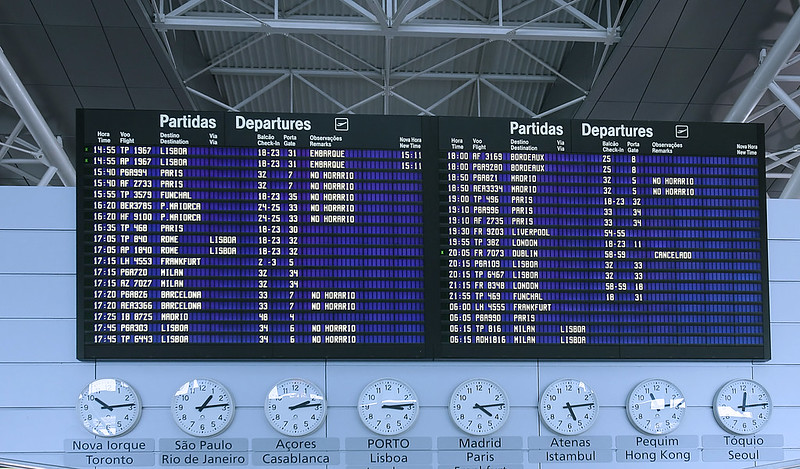
Paris has three international airports: Charles de Gaulle to the north-east of the city, Orly to the south-west and Beauvais to north used for low-cost carriers.

Aéroport d’Orly is the older and smaller and links its two terminals, Orly Ouest and Orly Sud, with a free shuttle bus. Aéroport Roissy Charles de Gaulle on the other hand, has three aérogares (terminals) numbered from 1 to 3 and two train stations served by commuter trains on RER. Charters like Ryanair and Wizzair take off from Aéroport Paris-Beauvais.

The first public transport in Paris was a horse-drawn omnibus, in 1828. In 1871 appeared the horse-drawn tramway, in 1880 was introduced the steam-driven trams and in 1888 they were replaced with the electric tramway.
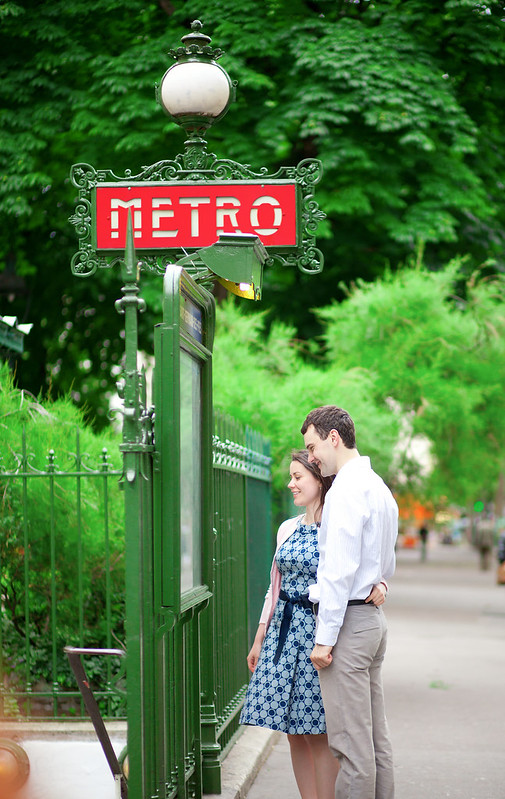
RATP or Régie Autonome des Transports Parisiens is a government-subsidised company that controls all the public transport forms from metro, tramway, most of the buses and some sections of the RER. The Transilien and the rest of the RER are run by SNCF or Société Nationale des Chemins de Fer Français and the rail network covers all of France.
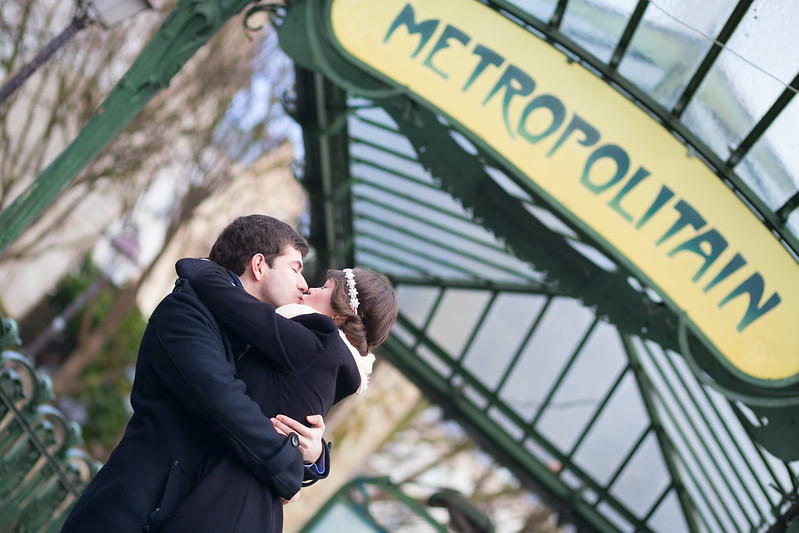
The Métro or Métropolitan is a symbol for Paris, well known for its density within the city limits and with a uniform architecture influenced by Art Nouveau. This rapid transit system has 303 stations, mostly underground, with 16 lines numbered 1 to 14 with two minor lines 3bis and 7bis. The City of Light is the second busiest metro system in Europe, after Moscow, and it carries 4.5 million passengers a day.
If you want to travel deep into the suburbs, the best way to get there is with the RER or réseau express regional. The RER is a large network of regional trains with a few stops in the city and integrates the modern city-center underground rail with a pre-existing set of commuter rail lines. This underground rail has 257 stations from which 33 are within the city of Paris.
The main train line that connects the Paris with the rest of the suburbs not reached by the RER is called Transilien. These lines are owned by SNCF and their name is derived of Francilien, a term used to describe the people of the Île-de-France. The Transilien is divided in six key entities that are divided according with the SNCF’s guidelines.

Since 1957, Paris’s tramways stopped running. They were later introduced and now the city has six lines and is planning additional lines. The six lines are not connected with each other, although lines T2 and T3a are connected and as well as T3a and T3b.
The most developed form of transport in Paris is the bus. With the bus you can get to all points of the capital and to the closest suburban cities. The bus has 58 lines and it can carry up to 300 passengers. The most commonly are those with a single-decker, followed by double-decker buses and articulated buses with larger loads carried. The midibuses and minibuses have smaller loads carried, while the coaches are only used for longer distances.
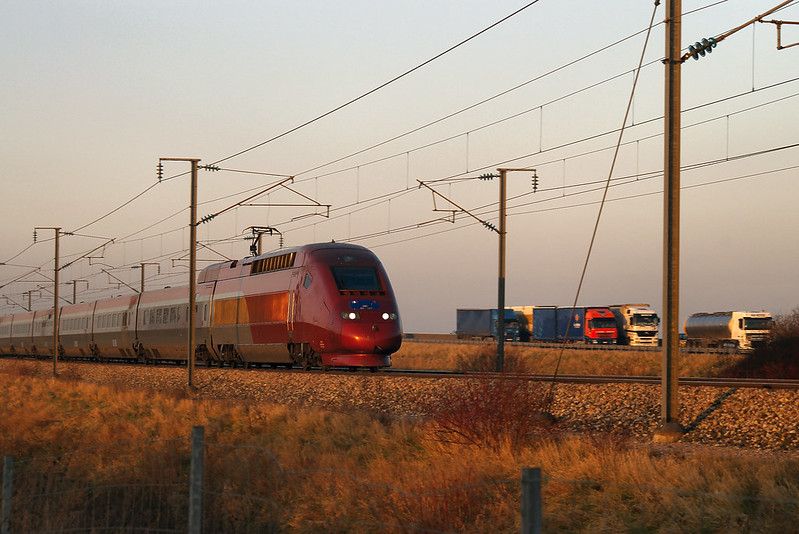
Paris is well connected with the ‘outside world’. For national and European destination, Paris provides a rail transport system that slowly outcomes the air travel in both efficiency and travel time. TGV (Train à Grande Vitesse) for example, connects Paris with Marseille (in southern France) in 3 hours, while Eurostar connects Paris with London in 2 hours. The Thalys brings tourists from Paris to Brussels in 1h22, Amsterdam in 3h18 and Cologne in 3h14, all of them having multiple departures a day.

A great way to visit the city is by boat. There are several boat services that provide cheap transport on Seine all the way to central Paris. Taxis are another cheap service but at night when there are no traffic jams. In the daytime, taking a taxi is a very bad idea; you could always opt for the metro.
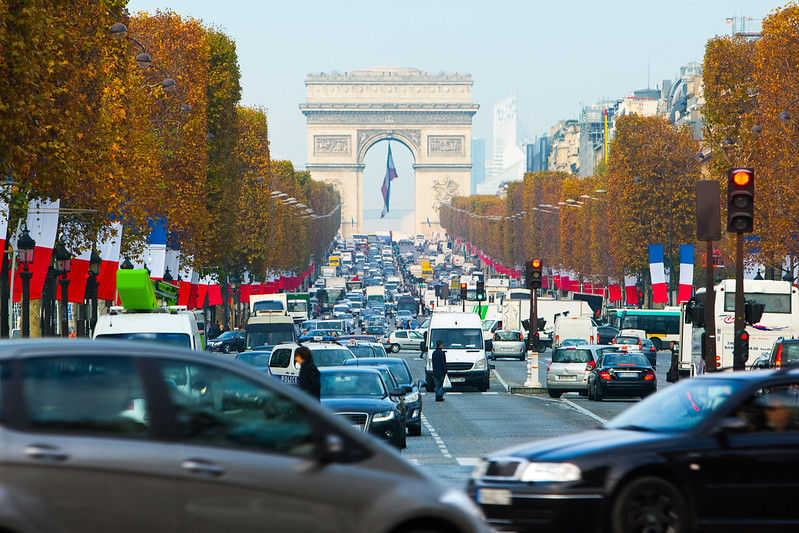
The same rule applies for the car. Don’t rent a car in Paris because the traffic is very dense and finding a parking lot will take a lot, especially around tourist attractions. If you are visiting the suburbs a car will be indicated, if not choose another way of transportation.
For example, visiting Paris on the back of the scooter is a great deal. The city offers grand boulevards and monuments with a very large space around, suitable for a scooter. Paris is a very safe place to explore on a scooter, it may be doesn’t seem that way, but it is. Be careful when you park on the sidewalk especially around shopping streets.
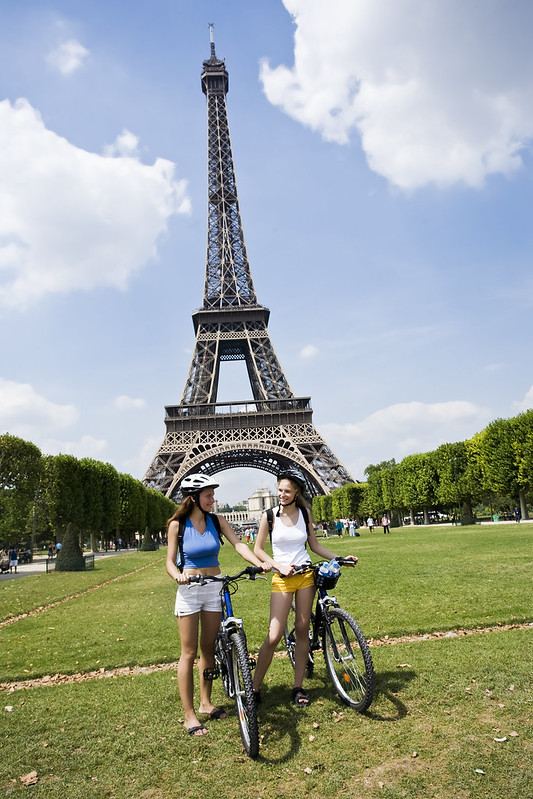
If you want to take a trip around the city and you don’t know or you are afraid to drive a scooter, I would recommend the cycling. The streets are fairly easy but there are some streets that an inexperienced cyclist should avoid. There are also few roads which are entirely forbidden to cyclists, in particular the tunnels underneath Les Halles, the Boulevard Périphérique beltway, certain other tunnels and bypasses and the high-speed express lanes running along the Seine.
For the best view of the city any tourist should go on foot. You will be able to see all the monuments, blend with the locals and have a great time. The City of Light offers marvelous memories while on foot with your loved one by your side.
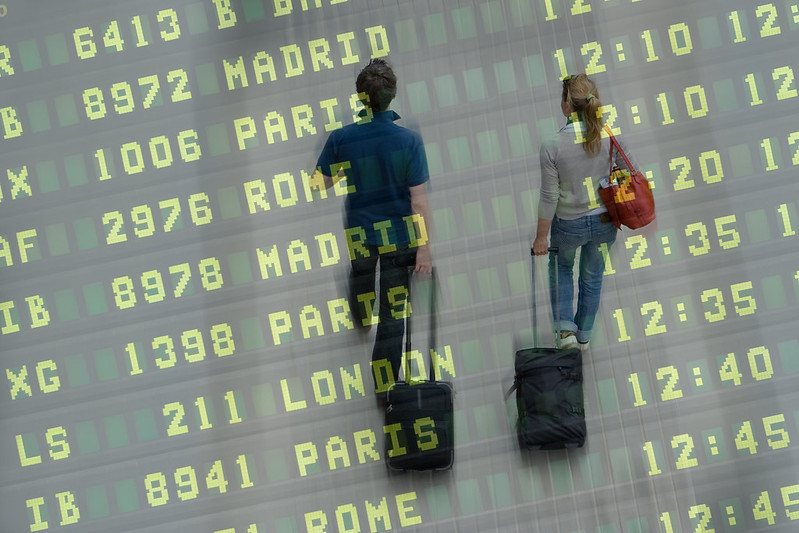
Unlike the old saying: ‘All roads take to Rome’, to Paris there are a few: major airlines fly through it and most of train tracks and bus routes cross it, but the city is a must see and the transportation system is very well organized.
Comments
Post a Comment